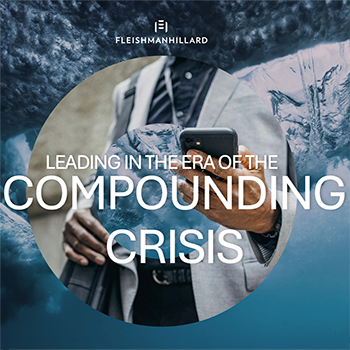Earth Month: Ways Brands Can Engage with NFTs and Remain Sustainable

Earth Day is just under a month away (22 April 2022) and this April, brands will take to social media to reflect on and renew their commitments to sustainability.
While most are striving to create a greener world through ethical supply chains and sustainability initiatives, an emerging world has threatened to leave brands in the red.
Brands are constantly looking for ways to stay on-trend and integrate with modern technologies, so it’s only natural that many have turned their attention to Web3, the ‘Metaverse’ and non-fungible tokens (NFTs).
NFTs have come under fire since their rise to popularity last year for their environmental impact due to the energy-hungry computers required to complete transactions. While some brands have already embraced NFTs, others are still figuring out how they can maintain their commitment to sustainability and engage with NFTs at the same time.
So, is it possible to operate in both playing fields? I would argue it certainly is! Let’s take a closer look at how.
NFTs and the Environment
Non-fungible tokens are unique digital assets stored as data on a blockchain that cannot be replicated or changed. What makes NFTs popular is the ability for authenticity and ownership to be immutably recorded on the blockchain.
There are countless benefits for brands dabbling in NFTs, like:
- Creating an immersive brand experience
- Increasing brand visibility and loyalty through interaction
- Opening a new and lucrative revenue stream
- Launching digital fashion and goods for the metaverse
While all possibilities of this new world are exciting, environmentalists have been campaigning to raise awareness about the environmental impact of some NFTs. It is important to note that they are specifically NFTs that exist on the Ethereum blockchain, the decentralised platform that the world’s second-largest cryptocurrency, Ether, operates on.
According to the Ethereum Energy Consumption Index, a single NFT transaction consumes as much electricity as an average household over nine days and is equivalent to the carbon footprint of 328,396 VISA transactions.
It’s safe to say that transacting on a blockchain that consumes more energy than the country of Colombia doesn’t position brands as environmentally friendly and even undoes the strides they’ve made to go green.
How to be sustainable and engage with NFTs
So how can brands engage with NFTs without offsetting all the good sustainability work they are doing?
-
Solana NFTs
NFTs are commonly associated with Ethereum, however, they also exist on other more sustainable blockchains.
Solana is a blockchain platform that is capitalising on being more environmentally friendly than Ethereum due to its use of an algorithm called ‘proof-of-stake’. In fact, it’s even giving Google a run for its money: a report from the Crypto Carbon Ratings Institute found that a single Solana transaction (such as buying an NFT) consumes 1,836 Joules of energy while a single Google search reportedly consumes 1,080 Joules. That means the Google searches I did for this blog consumed more energy than an NFT on the Solana network!
To date, Solana NFTs haven’t picked up in popularity and the market is very much dominated by Ethereum NFTs. If well-known brands migrated to Solana, they could act as influencers and drive traffic to the more sustainable blockchain. This presents a huge opportunity for brands to lead the way in NFT sustainability whilst still engaging in the community.
-
Ethereum 2.0
In Q2 2022, the Ethereum blockchain will migrate to a ‘proof-of-stake’ algorithm (like Solana) in a bid to be more environmentally friendly. This is estimated to decrease energy usage by 99.5%, with a single transaction being equivalent to 20 minutes of television.
Brands that want to jump into the metaverse through Ethereum NFTs can wait to launch later this year and do so with a clear conscience, in line with their sustainability values.
Are NFTs here to stay?
While reports within the last month have claimed that the NFT hype is winding down, it’s hard to believe this to be a reality given the trajectory of Web3. NFTs will play a key role in the metaverse, which is still in its developmental stages.
Many leading brands have already taken steps toward Web3 integration such as buying virtual land or launching their own NFTs.
These strategic steps and investments from brands point to NFTs being here to stay. If environmentally conscious brands are eager to join their competitors in the metaverse and engage their consumers with NFTs, there are options to dabble in this new world without destroying their commitment to sustainability.
Rola Kamaleddine, account manager
Find Out More
-
Leading in the era of the compounding crisis
October 2, 2025
-
AI in the Newsroom
August 26, 2025


